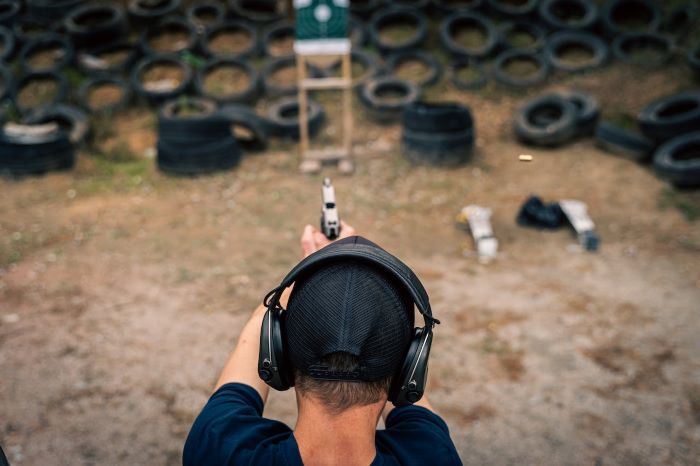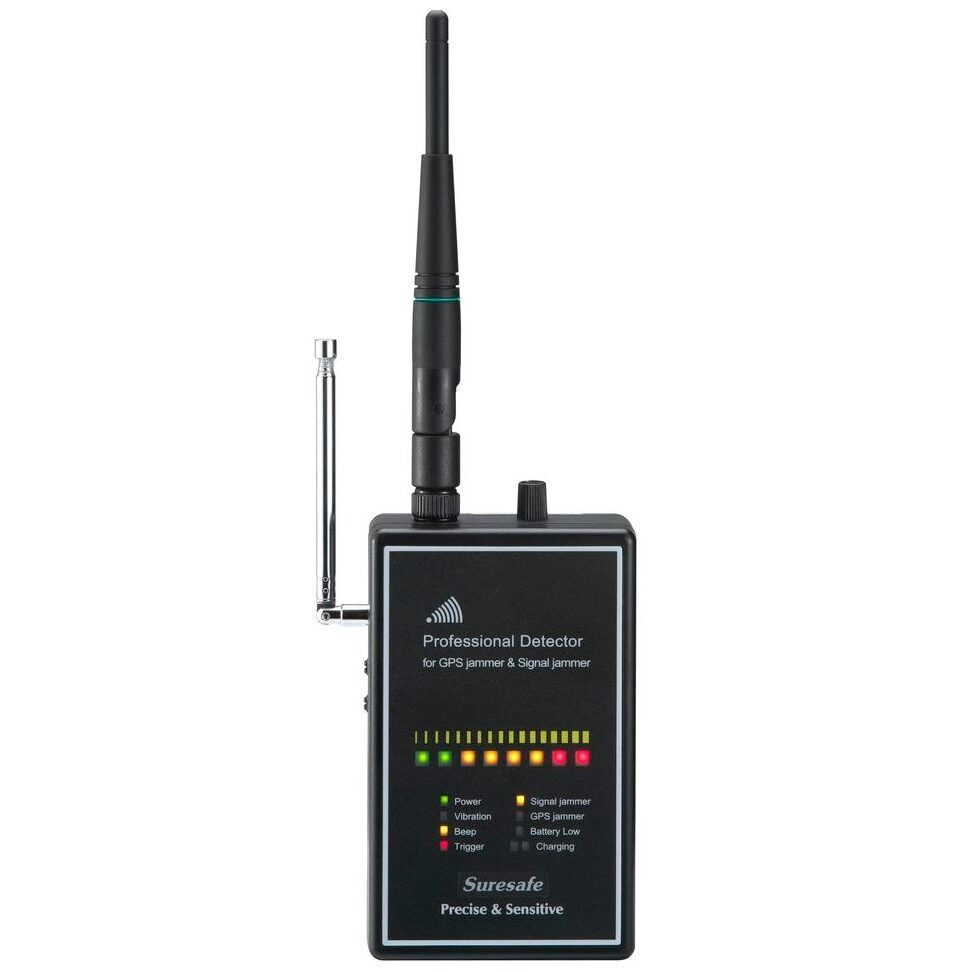In the world of firearms, the importance of a proper grip cannot be overstated. It is a critical factor that not only affects the shooter’s comfort but also has significant implications for the accuracy, control, and overall efficiency of the firearm. Here we discuss about the different aspects of firearm grips, with a focus on their importance in ergonomics and shooting efficiency.
Ergonomics of Firearm Grips
Ergonomics, the study of people’s efficiency in their working environment, is a key element in the design of firearm grips. A well-designed grip should allow the shooter to hold the firearm in a natural, comfortable position, reducing strain on the hand, wrist, and arm. This is crucial, especially for law enforcement and military personnel who may need to use their weapons over extended periods.
- Hand Fit: A grip must suit the size and shape of the shooter’s hand. This compatibility ensures that the shooter can reach all controls, like the trigger and safety, without straining. Manufacturers now offer grips in various sizes, including options like Hogue Grips, which can be customized for a perfect fit.
- Material and Texture: The material of the grip contributes significantly to comfort and control. Rubber, polymers, and textured woods are common, providing a non-slip surface even in adverse conditions. The texture should be balanced to offer enough friction without causing discomfort during prolonged use.
- Angle and Contour: The angle of the grip in relation to the barrel affects how naturally the arm and wrist align when aiming. An ergonomically designed grip will reduce wrist strain and aid in maintaining a steady aim.
Efficiency in Shooting
The efficiency of shooting encompasses accuracy, recoil management, and the speed of follow-up shots. A proper grip plays a vital role in each of these areas.
- Accuracy: A stable grip allows for more controlled and precise shots. It helps in maintaining a consistent hand position, which is crucial for accuracy. An ergonomically designed grip aids in naturally aligning the sights with the eye, leading to improved shot placement.
- Recoil Management: Efficient handling of recoil is essential for comfort and control. A good grip absorbs some of the shocks and helps in directing the force in a way that is more manageable for the shooter. This reduces fatigue and allows for better control of the firearm.
- Speed of Follow-up Shots: In situations where multiple shots are required, the speed at which a shooter can reacquire the target is critical. A grip that allows for a firm, stable hold enables quicker realignment of the sights for subsequent shots.
Customization and Personalization
The customization of firearm grips is not just a matter of personal preference but can be a significant factor in enhancing performance. Shooters often modify grips to fit their hand size, shooting style, and the specific demands of their shooting discipline.
- Adjustable Grips: Some modern firearms come with adjustable grips, allowing shooters to change the grip size and angle to fit their hands perfectly.
- Aftermarket Grips: There is a vast market for aftermarket grips that cater to various needs – from tactical to competitive shooting. These grips often offer improved ergonomics and aesthetics over standard factory grips.
Training and Familiarity
The importance of training and familiarity with the firearm’s grip cannot be understated. Regular practice is necessary to fully benefit from an ergonomically designed grip.
- Consistency: Training helps in developing muscle memory for a consistent grip, which is key to accuracy and control.
- Adaptation: Shooters often need time to adapt to a new grip. Training aids in this adjustment period, ensuring the shooter can fully exploit the ergonomic benefits of the grip.
Conclusion:
In conclusion, the grip of a firearm is a critical interface between the shooter and the weapon. A proper grip, tailored to the shooter’s hand and shooting style, significantly enhances ergonomics and efficiency. It leads to better control, accuracy, and overall performance. Whether for tactical, competitive, or recreational shooting, investing time and resources in finding and training with the right grip is an essential aspect of responsible and effective firearm use.




